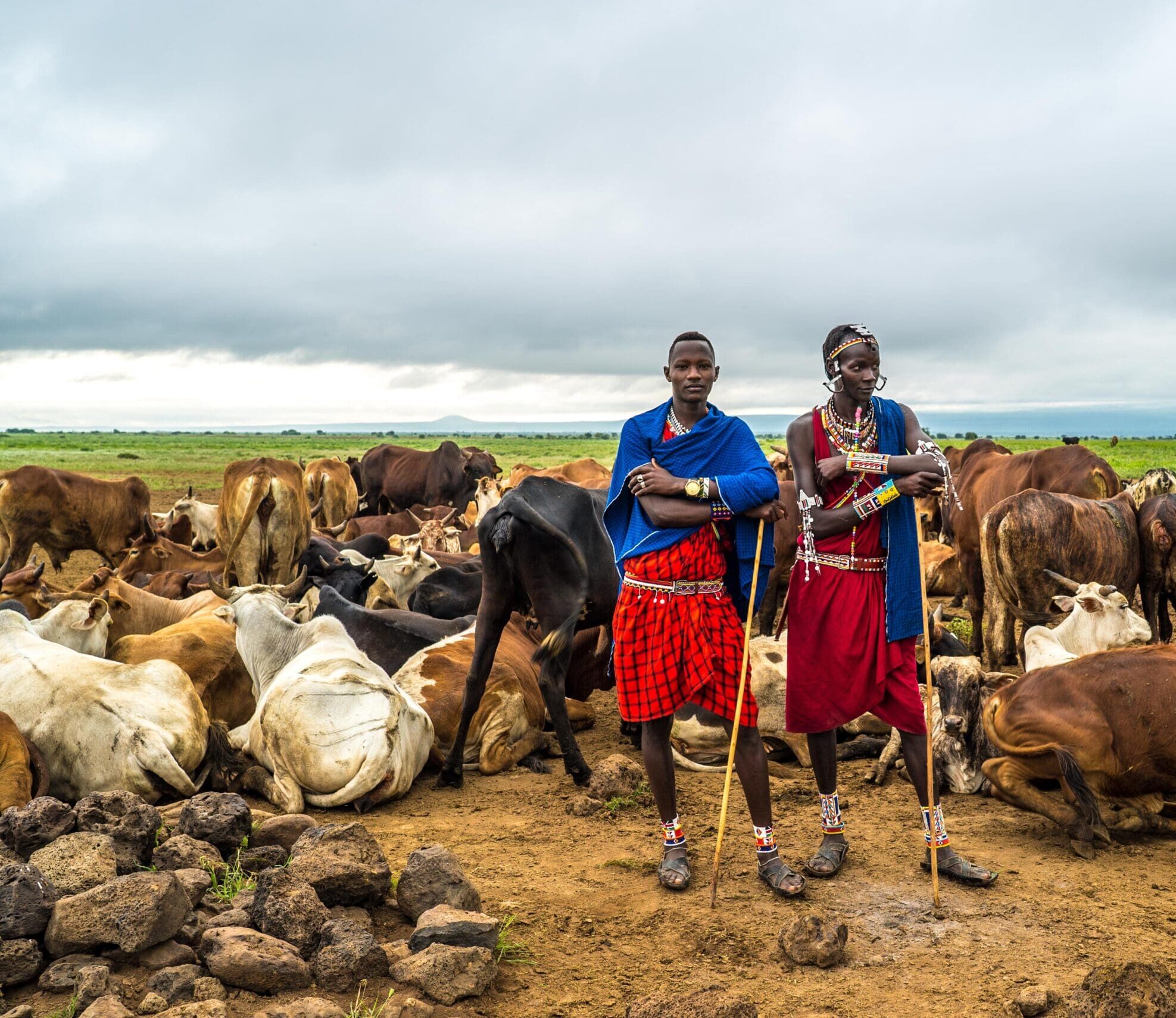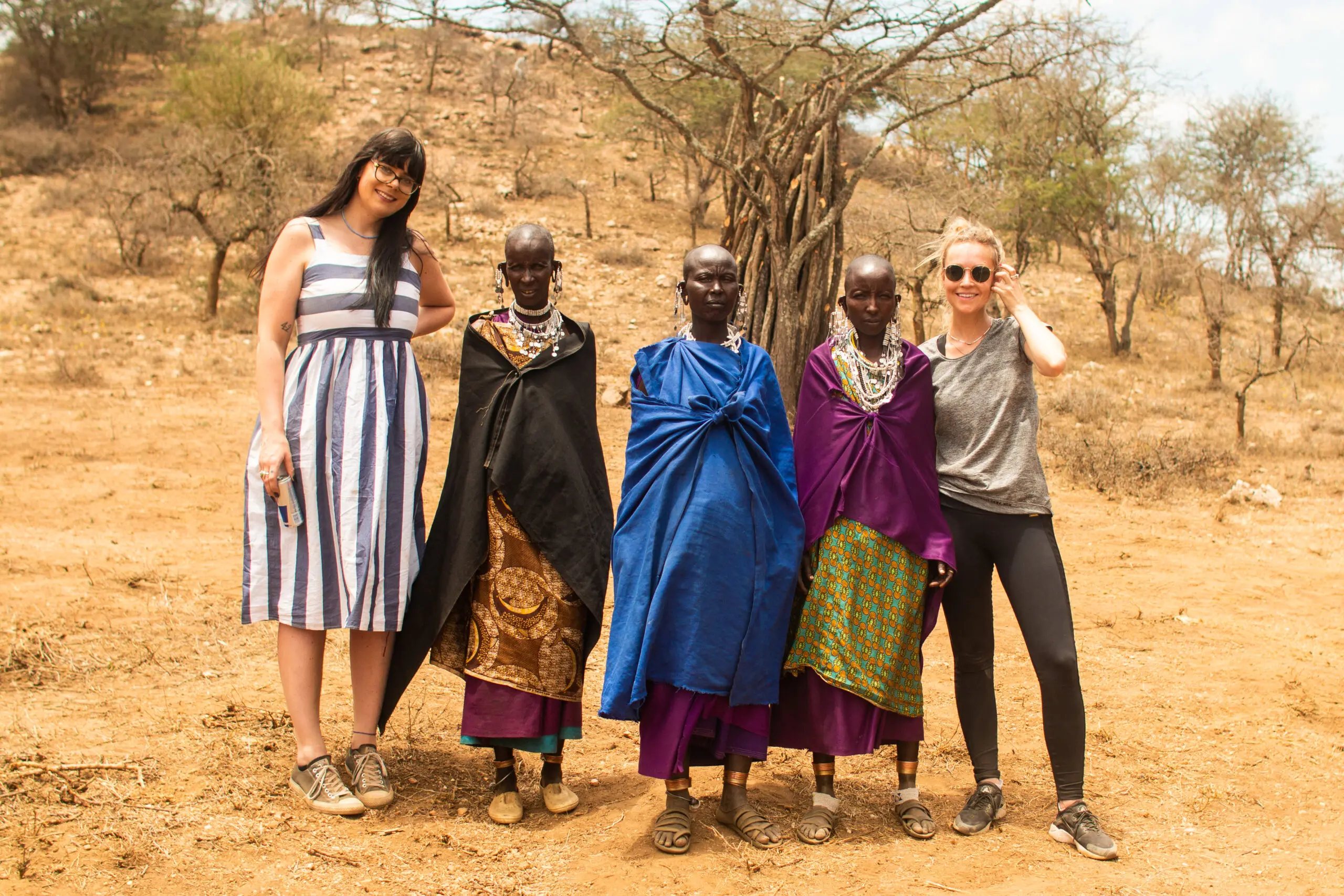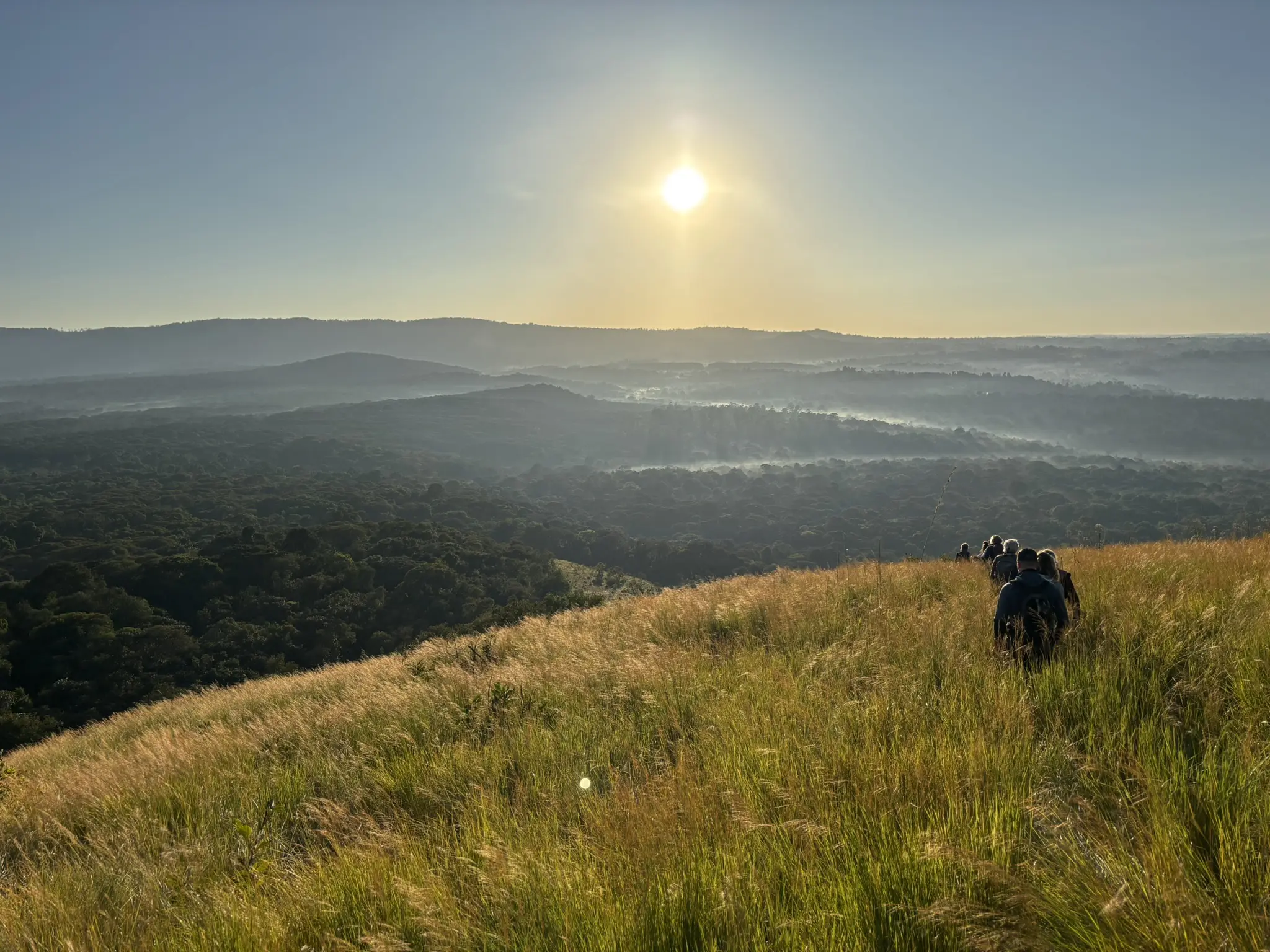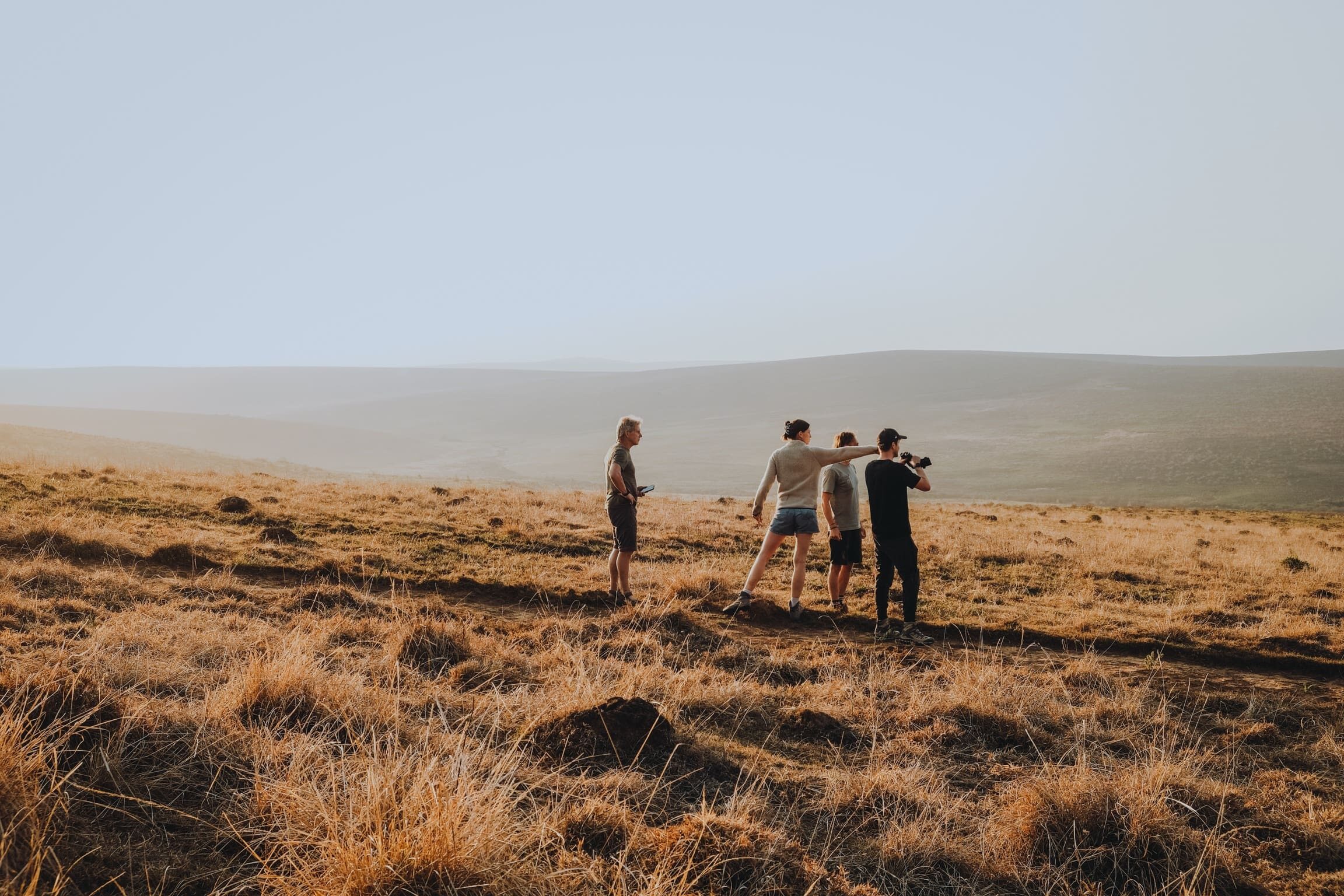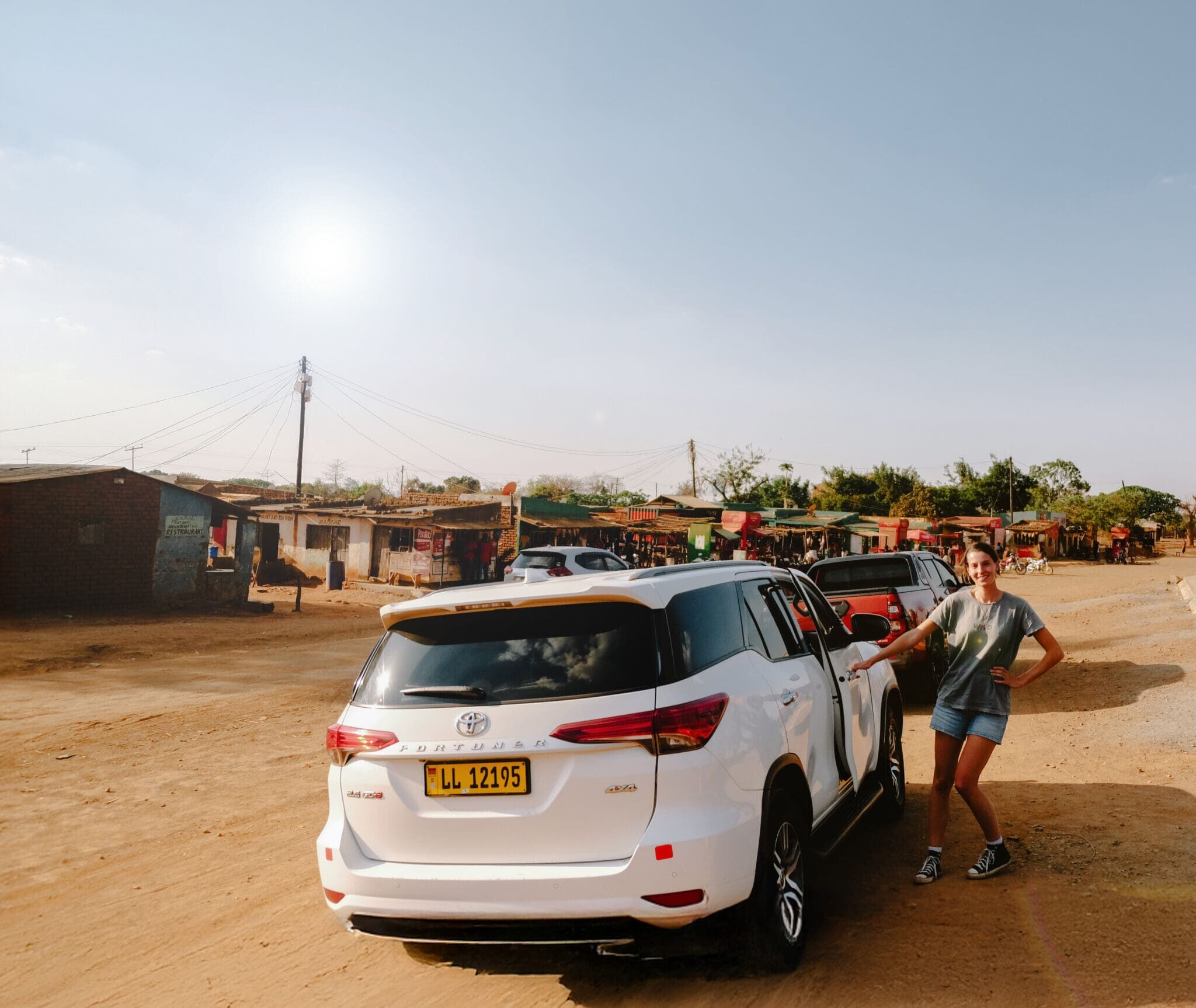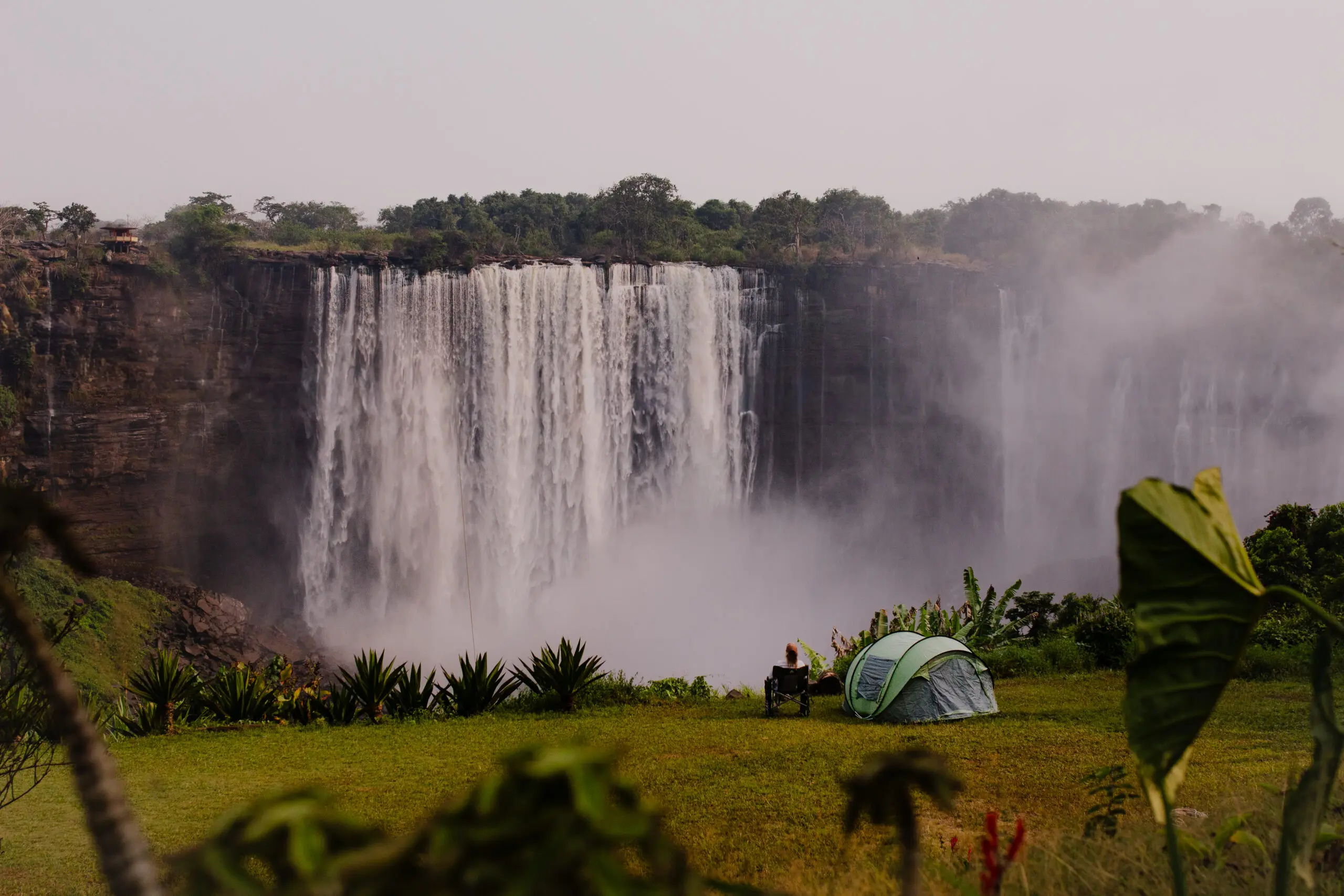Discovering Uganda's Rough Diamond
Ugandan Afrobeats blast through the speakers. The bass thumps, the steering wheel vibrates, and you bounce along with the rhythm of the road. But your eyes can’t rest—there’s too much happening around you. Towering rock formations rise from the red earth. Women, draped in vibrant fabrics, move gracefully along the roadside. Cattle, their horns larger than your entire body, amble through the dust. And then there are the potholes—one wrong move, and your van could end up flipped on its side. We’re heading to Karamoja, Uganda’s rough diamond. This isn’t your typical all-inclusive Turkish resort destination. No beaten paths, no polished tourist trails. This is raw, untouched, and until recently, practically inaccessible. Karamoja remained forgotten for years, tucked away at the borders of South Sudan and Kenya. Once a no-go zone without a permit, it’s now a wild frontier where adventurers thrive. There are no Instagram cafés here, no luxury lodges. Just dust, heat, and endless plains. The red dirt roads twist like veins through the land, and jagged rock formations jut from the ground like ancient totems. Karamoja is a journey back in time, and we’re about to experience it.
Kidepo Valley
This is Uganda’s wildest and most stunning national park. Think Serengeti—but without the tourist crowds. Kidepo sits 600 kilometres from Kampala. The journey there? A test of endurance for both man and machine. Even with a 4x4, you’ll often crawl along at 20 km/h, struggling over the endless rust-coloured dirt roads. That’s why most travellers skip Karamoja—too far, too difficult, and all the famous Ugandan highlights are in the southwest, right? Not for us. We’re on a mission. A friend from Kampala, a proud Karamojong himself, has convinced us: this off the beaten track destination is not to be missed. So, we hire a 4x4 from Roadtrip Uganda, toss our bags in the back, and set off into the unknown.
Day 1 and 2: from Kampala to Kotido
Our Kampala friend is originally from Kotido, a district in the heart of Karamoja. This is home to Nakapelimoru, the largest traditional village in East Africa. His uncle owns a farm nearby, which will be our first stop on this road trip. At sunrise, we stuff our beaten-up van with rice, vegetables, water bottles, and our backpacks. The chaos of Kampala swirls around us—honking taxis, zigzagging boda-bodas, and street vendors selling their last chapatis. We take in the madness one last time, before heading toward Uganda’s remote north. The first few hours pass smoothly. The city fades behind us, the hills give way to dry savannah, and the roads grow eerily quiet. We stop at a roadside market, where we buy juicy mangoes and watch life unfold around us—a boy wrestling to keep his goats in check, a woman slicing sugarcane with a razor-sharp knife. A few hours later, we reach Gulu, the largest city in northern Uganda, where we spent the night in a simple roadside hotel. Tomorrow, the real adventure begins.Diving into a local bar
That evening, we stepped into a local bar. Between hookahs and cold beers, we strike up a conversation with a group of young people, who are stunned to hear that we’re heading to Karamoja. "You guys are crazy," one of them laughs. "But I get it. That’s the real Uganda." The next morning, we leave at sunrise. The asphalt fades, the potholes grow deeper, and the landscape becomes drier. The further we go, the more we see the brightly coloured fabrics and distinctive ‘magician hats’ worn by the Karamojong people along the roadside. After hours of bouncing over dirt roads, we finally reach Kotido, where we wait for a guide to take us to Napso’s farm. While we wait, a local man invites us into his home. Before we know it, we’re sitting on his couch, cups of tea in hand, listening to stories about life in this remote region.
Sleeping under the stars: the village experience
As dusk falls, we follow a boda-boda through pitch-black darkness, the road nothing more than a twisting sand track. At the end of the trail, Napso, a tall Karamojong with a warm smile, greets us at his farm. Here, travellers can experience an authentic village stay—sleeping in a traditional hut or directly under the stars. We choose the stars. Around the campfire, we cook a simple meal together, talking late into the night about culture and the role of NGOs in Karamoja. "Most aid organisations do more harm than good here," Napso says. "They create dependence instead of real change." With full stomachs, we crawl under our mosquito nets. The silence is overwhelming, broken only by the occasional snort of a cow in the distance. Above us, the Milky Way stretches across the sky, brighter than we’ve ever seen.
Day 3: Meeting with the Karamojong
We stare through the dust-covered windows of our car, frozen in place. Half the village has gathered around our van, their faces almost pressed against the glass. A hundred pairs of curious, slightly wary eyes bore into us. How on earth are we supposed to step out without turning this into some kind of awkward circus act? Luckily, Napso comes to the rescue, clearing space with some authoritative Karamojong gestures. Carefully, we push the doors open and step outside. Silence. A staring contest begins—us, the outsiders, against a sea of bold fabrics, quirky hats, and faces decorated with intricate scarification. Then, Napso’s booming laugh breaks the tension, and he launches into a tour of Nakapelimoru, the largest traditional village in East Africa. Endless thatched roofs form a labyrinth of narrow alleys and mud huts. No shops, no restaurants, no running water—just pure, self-sufficient living.Napso seems to know everyone, shaking hand after hand while casually translating for us. After a while, we find ourselves inside a hut, its cool clay walls a relief from the scorching heat outside. We sit on thin mats, trying to get comfortable—our Western bones unaccustomed to sitting on the hard ground.A woman, wrapped in a vibrant cloth, studies us intently before launching into conversation. Napso translates. She explains the Karamojong culture, where a man without multiple wives is essentially a nobody."If you're the first wife, you're in charge," she says. "You decide if your husband can marry another woman. If you don’t approve, it doesn’t happen." The new wives automatically become housekeepers and babysitters, a convenient arrangement. We nod, laugh, and ask questions. The woman peers at us, as if trying to gauge whether we truly understand her world. Maybe we don’t—not completely. But one thing is certain: this is a way of life you can’t learn from books or documentaries. You have to be here, feel it, live it.
Day 4 and 5: Kidepo Valley - a wildlife paradise
With our minds still buzzing from our time in Nakapelimoru and the smell of campfire lingering in our clothes, we hit the road. Destination: Kidepo Valley National Park. Uganda’s wildest, most remote, and possibly most beautiful park. A far-flung corner near the South Sudanese border, where few tourists dare to venture. The dusty road slowly transforms into a postcard scene—endless plains, towering rock formations standing guard over the savanna, and acacia trees bent by the relentless wind. And silence. No cars, no convoys of safari fanatics with oversized telephoto lenses—just us and the wilderness. This is Kidepo. For the night, we stay at Apoka Rest Camp, a cluster of basic bandas once built for park rangers. The underdog compared to the fancy Apoka Lodge. No infinity pool, no cocktails—just a wooden veranda and a lone hippo strolling past in the fading light. If you want food, you order in advance, and a simple plate of spaghetti bolognese is whipped up just for you. Basic? Yes. But perfectly fitting. As soon as the sun creeps out from behind the rocks, we climb onto the roof of our van. This is Africa as you imagine it—but nowhere else can you find it like this. Giraffes glide through the tall grass, a herd of buffalo watches us, ready to charge if we step too close. Kidepo is the only place in Uganda where you can spot cheetahs, but lions, elephants, zebras, and ostriches also roam freely, owning the land as if it were their private kingdom. We sit on the roof of our van, driving through this endless, magical no man’s land. The African sun paints the sky in shades of orange and purple. The lion families, stretched out on cooling rocks, bask in the last golden rays of the day—just as mesmerised as we are.
